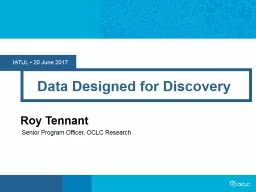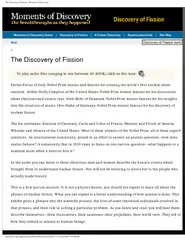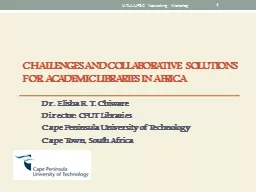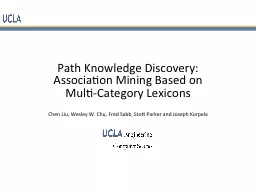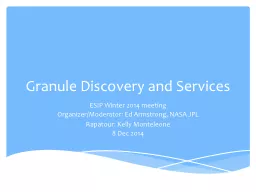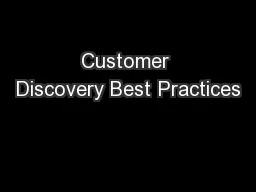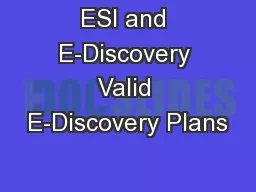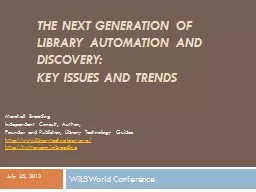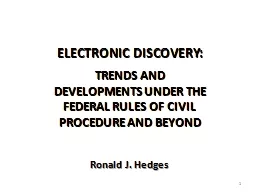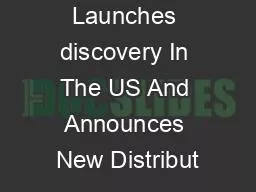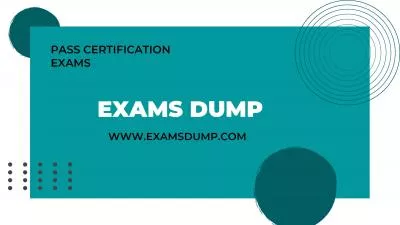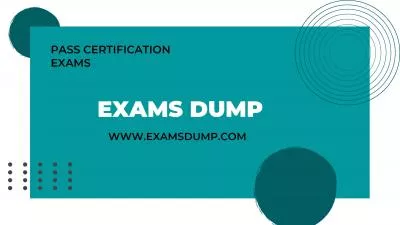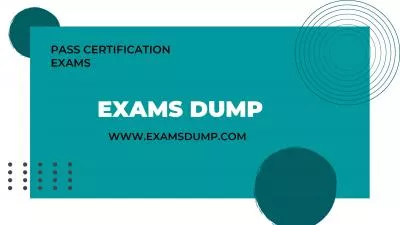PPT-IATUL • 20 June 2017 Data Designed for Discovery
Author : cheryl-pisano | Published Date : 2018-02-03
Roy Tennant Senior Program Officer OCLC Research The worlds largest and most consulted bibliographic database 25 Billion holdings 400 Million bibliographic records
Presentation Embed Code
Download Presentation
Download Presentation The PPT/PDF document "IATUL • 20 June 2017 Data Designed for..." is the property of its rightful owner. Permission is granted to download and print the materials on this website for personal, non-commercial use only, and to display it on your personal computer provided you do not modify the materials and that you retain all copyright notices contained in the materials. By downloading content from our website, you accept the terms of this agreement.
IATUL • 20 June 2017 Data Designed for Discovery: Transcript
Download Rules Of Document
"IATUL • 20 June 2017 Data Designed for Discovery"The content belongs to its owner. You may download and print it for personal use, without modification, and keep all copyright notices. By downloading, you agree to these terms.
Related Documents

